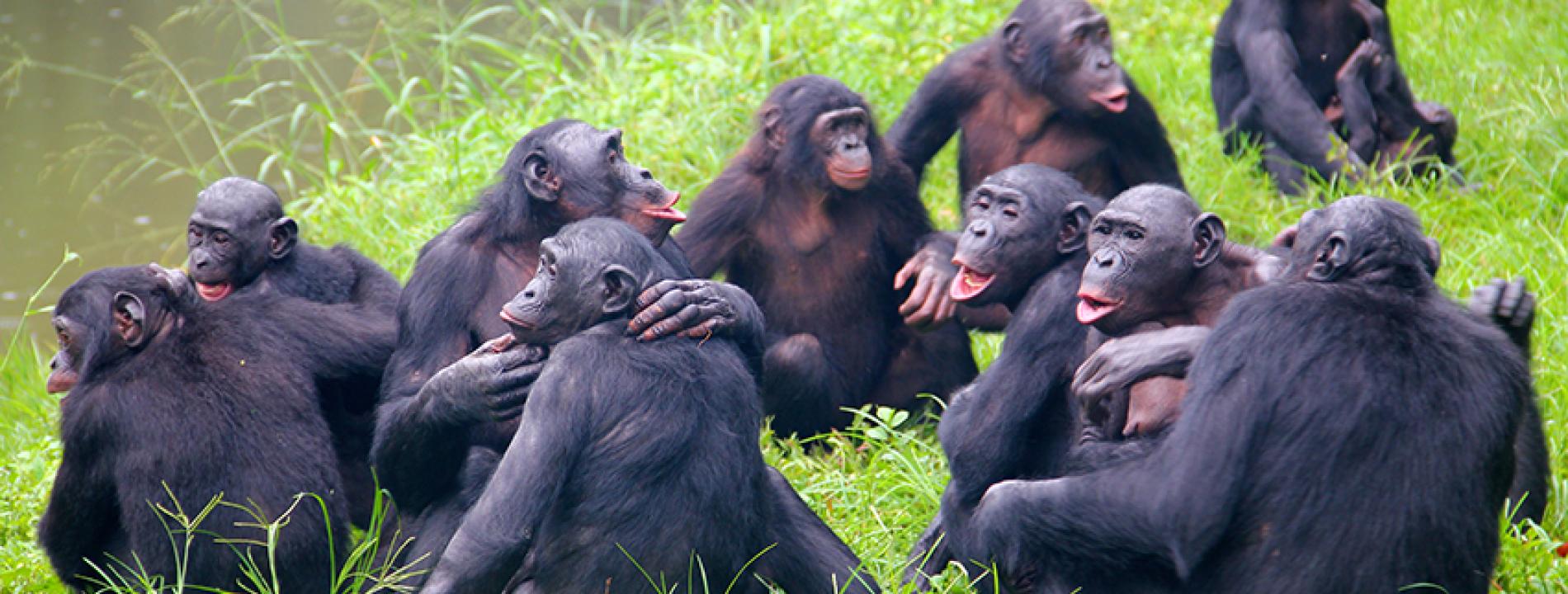
Science News
An encyclopaedia of human genes
82% of all protein-coding human genes – 20,000 in all – together with their known functions can now be searched for in the brand-new encyclopaedia dedicated to the human genome. This unprecedented resource, called the PAN-GO functionome, is public and accessible online so that the scientific community can use it and continue to improve it.
Nature, 26 February 2025
An Ice Age mouse
If you think that this unusual-looking mouse bears some similarities to the woolly mammoth, the resemblance is no coincidence. Thanks to CRISPR gene-editing technology, researchers have drawn inspiration from the mammoth’s genome to modify some genes associated with fur and fat metabolism. Does this take us one step closer to reviving the mammoth? That’s certainly the aim being pursued by Colossal Biosciences, the US company behind this ‘woolly mouse’, at any rate.
BioRxiv, 4 March 2025
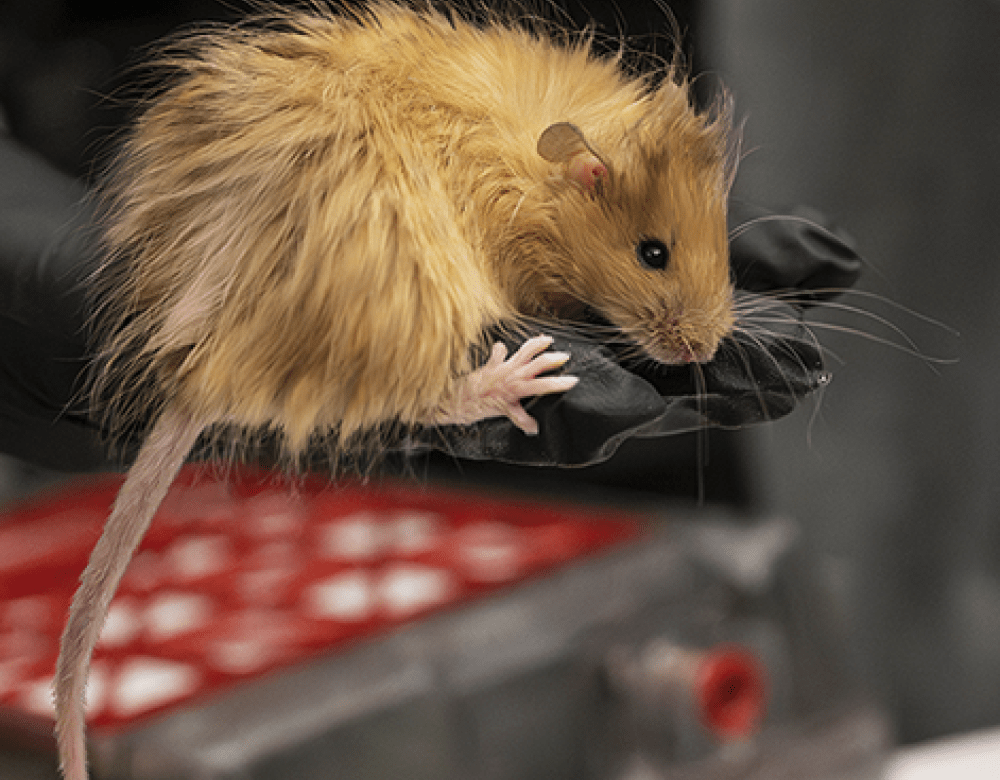
Knitting unpicked by physics
A mathematical model capable of describing how the looping paths of yarn create curvature in knitted fabrics: this is what an American team has developed by drawing inspiration from the warping of space and time in the theory of general relativity. The aim? To use this model to design textile applications, whether medical materials, soft robotics or garments.
Proceedings of the National Academy of Sciences (PNAS), 26 February 2025
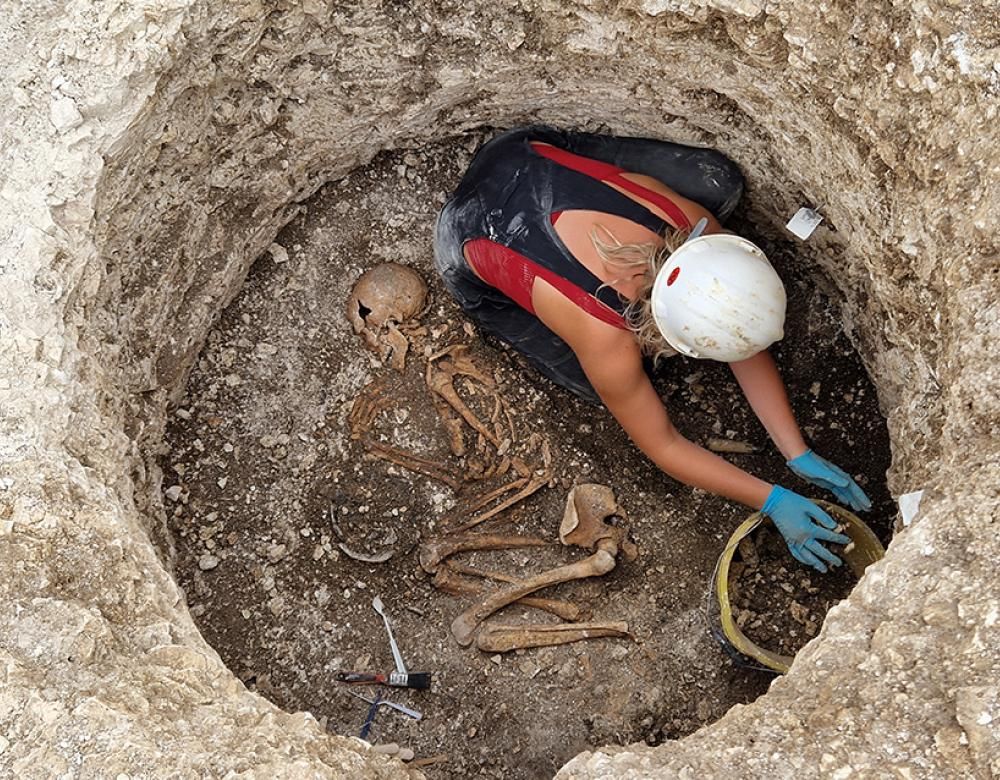
Matriarchy in the Iron Age
In the first century CE, some Celtic communities in Great Britain were organised around women: men moved to live with their wives’ families, who passed land down through the female line. These are the findings of the DNA analysis of some fifty individuals buried in cemeteries in Dorset, in the South of England. This is the first time that this social system, known as ‘matrilocal’, has been documented in Europe during this period.
Nature, 15 January 2025
The anti-cancer effect of aspirin?
At low doses, aspirin reduces the risk of metastases by blocking thromboxane A2, a molecule which deactivates T cells (white blood cells of the immune system). The T cells can thus fight tumour cells more effectively. Known since 2010 but finally explained in mice, this effect still needs confirmation in humans.
Nature, 5 March 2025
Did you know?
Known for causing cervical cancer, the human papillomavirus (HPV) is also associated with cancer of the tonsils, tongue and oesophagus. Not only that, but it is more common in men than women! Hence the importance of getting vaccinated.
Ohio State University Wexner Medical Center, 4 March 2025
Ozone hole is healing
A statistical analysis based on climate models confirms that the ozone layer, the stratospheric gas shield that protects the Earth by absorbing ultraviolet rays, is recovering. This is thanks to the ban, in 1989, on chemical compounds like CFCs used in cooling systems, aerosol sprays, air-conditioning and solvents.
Nature, 5 March 2025
Lord of the rings
The European space telescope Euclid has captured an almost perfect ‘Einstein ring’ (centre of the image), a rare phenomenon where one galaxy acts like a magnifying lens on the light travelling from another galaxy behind it. This effect, first described by Einstein, occurs when two massive objects are perfectly aligned, forming a halo of light that can be seen from Earth.
Astronomy and Astrophysics, 10 February 2025
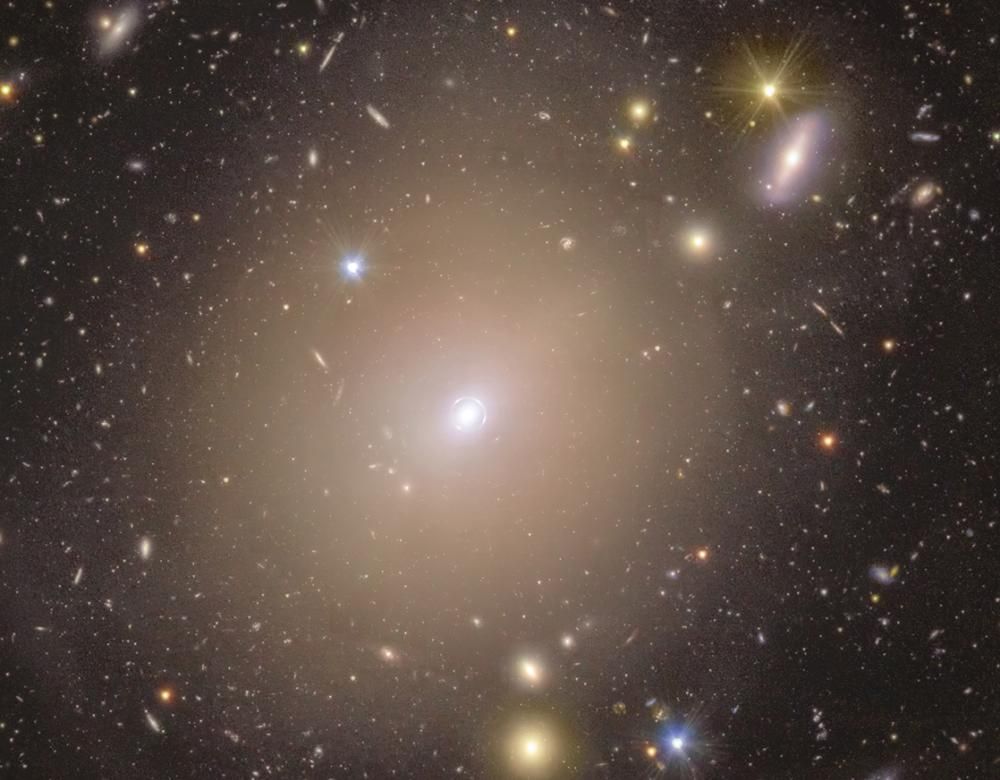
1400
This is the number of species identified in the guts of Asian hornets, including bees, wasps, flies and butterflies. The study thus reveals the diversity of hornets’ prey and the threat that these predators pose to populations of wild pollinators that are already in decline.
Science of The Total Environment, 4 March 2025
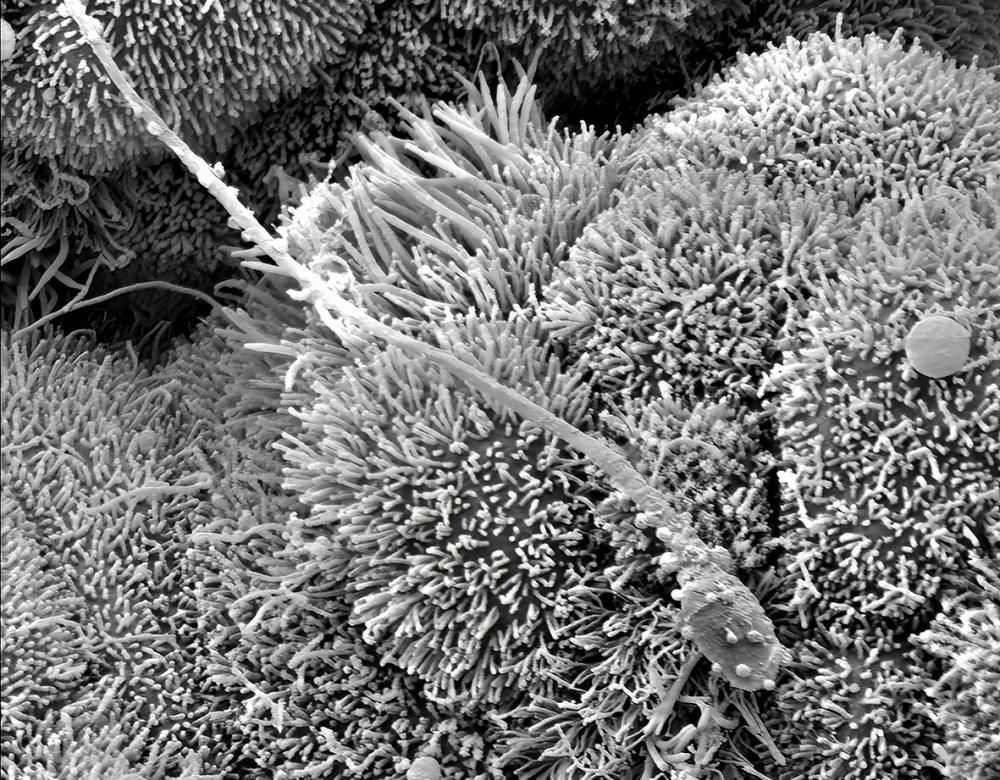
Organoids: a boost for sperm motility
Cultivated under lab conditions from living cells, organoids are miniature organs used in research. By creating human fallopian tube organoids and placing spermatozoa in them, a French team has found that this environment is more favourable for sperm motility than commercial IVF media. This is a promising lead, at a time when infertility affects one in five couples in France.
Human Reproduction, 10 January 2025
A brain turned to glass by Vesuvius
In 2020, fragments of glass were identified in the skull of a victim of the Vesuvius volcanic eruption in 79 CE, in Herculaneum. The most likely explanation? The victim’s brain was vitrified (i.e. turned to glass) when it was heated to more than 510°C by the hot cloud of ash, then very quickly cooled down again. This extremely rare phenomenon happens when there is a huge difference in temperature.
Scientific Reports, 27 February 2025
Carried along by the crowd
By studying very densely packed human crowds during Pamplona’s Festival of San Fermin in Spain, researchers have revealed a surprising behaviour: with no external guidance, thousands of individuals spontaneously coordinate their movements by oscillating coherently in a random direction, over periodic intervals of about 20 seconds. An intriguing observation which could help prevent devastating crushing movements.
Nature, 5 February 2025

70,000 km/h
This is the wind speed measured in the atmosphere of an exoplanet located 900 light years from Earth: a record, but also a mystery, since current atmospheric models simply can’t explain the existence of such a high speed.
Nature, 18 February 2025
Did you know?
Subtle changes in voice pitch and accents are processed by the brain before it even deciphers the meaning of words. Our brain detects this varying melody of speech first to perceive the intent behind a phrase.
Nature Communications, 3 March 2025
31%
This is the percentage of children and teenagers who will be obese or overweight worldwide by 2050 – that’s nearly 750 million – if urgent public measures are not adopted. Among adults, the figure is 60%, i.e. 3.8 billion people.
The Lancet, 3 March 2025
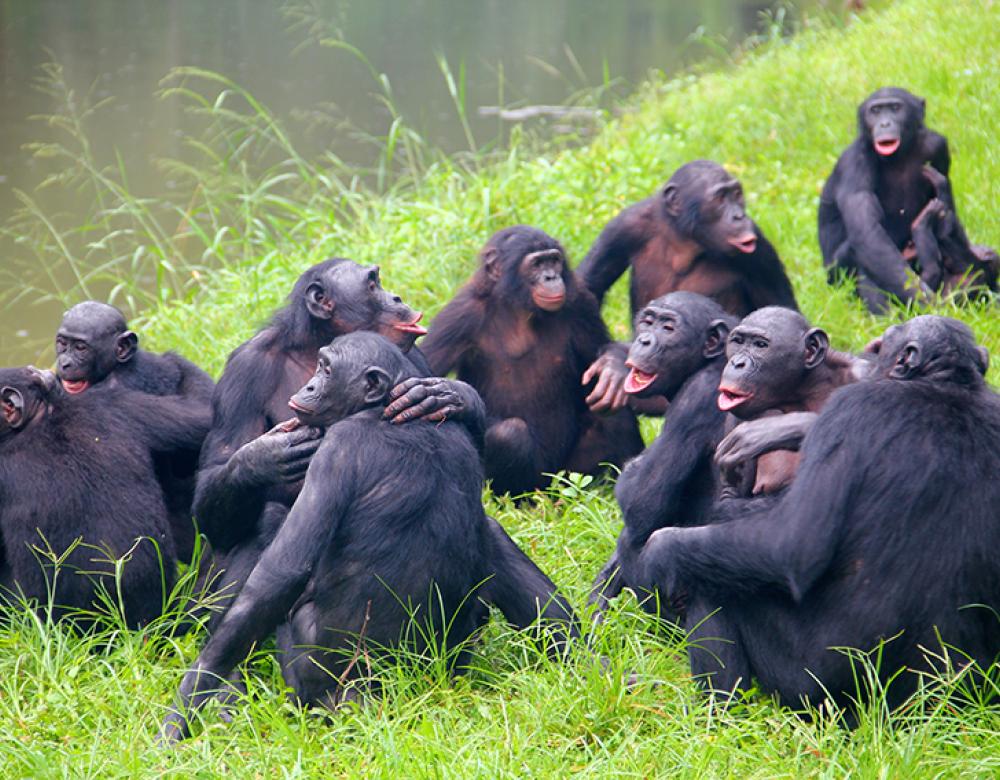
Libidos, bonobos… and chimpanzees
Bonobos are well-known for their active sex lives, not just for breeding purposes but also for pleasure or for easing social conflicts. But what about chimpanzees? Their differences aside, the two species share a common behavioural trait: they both use sex to defuse social tensions. However, only bonobos resort to it after a fight. Chimpanzees prefer signs of affection.
Royal Society Open Science, 4 March 2025
22 minutes
This is the world record-breaking time a plasma was maintained for in the CEA’s WEST tokamak (an experimental reactor) in Bouches-du-Rhône, in the South of France. A key milestone in the quest for nuclear fusion power. Plasma is the fourth fundamental state of matter, alongside solid, liquid and gas.
CEA, 18 February 2025
Did you know?
Cause or consequence? The concentration of micro- and nanoplastics in the brain is up to five times higher in people who have been diagnosed with dementia.
Brain Medicine, 4 March 2025
Forged in space
This is the first metal 3D part ever created in orbit! The sample was produced using a metal 3D printer on the International Space Station, before being sent back to Earth. It will be compared with metal samples printed here, yielding insight into how microgravity affects the printing process. This takes us one step closer to future astronauts being able to manufacture or repair parts without having to rely on resupply missions.
ESA, 27 February 2025
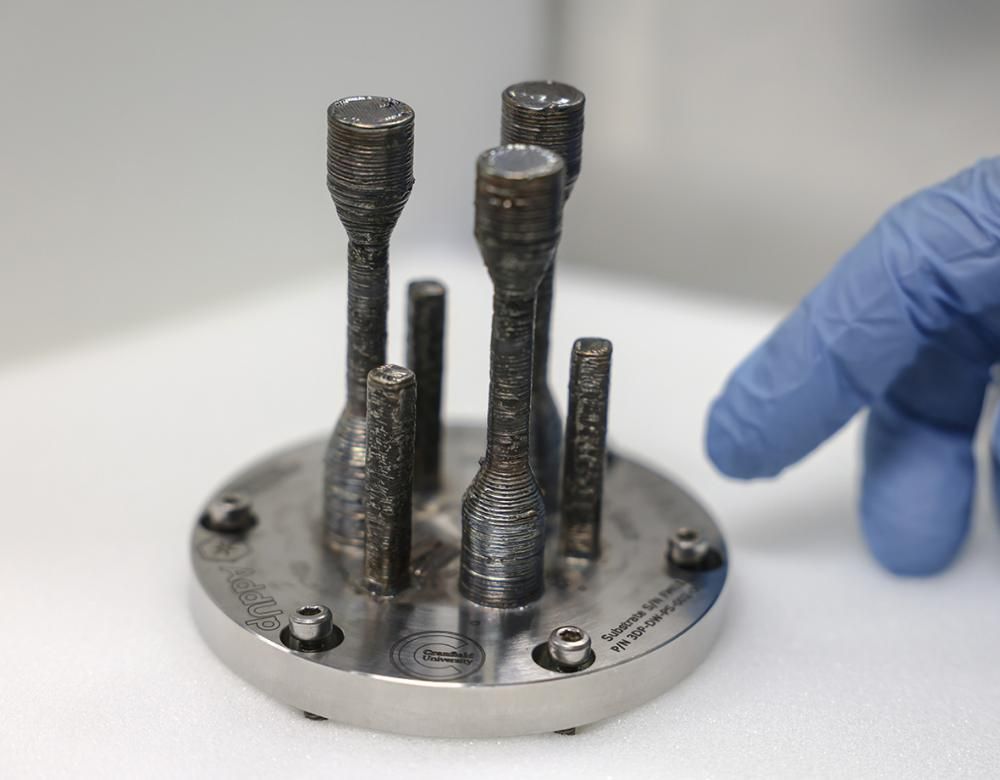
Marriage: a weighty problem for men?
Being married triples the obesity risk in men, but does not increase the risk for women. Marriage also increases the risk of being overweight by 62% in men and by 39% in women, compared to their unmarried counterparts. The study was conducted in Poland on more than 2,000 people.
European Congress on Obesity, 12 March 2025
274 moons
This is the official number of natural satellites orbiting Saturn after the International Astronomical Union ratified the 128 new moons observed between 2019 and 2023. That’s almost double the number that are around all the other planets in our solar system combined!
International Astronomical Union Minor Planet Center ratification, March 2025
Did you know?
Tea has the ability to ‘adsorb’ – i.e. hold on its surface – lead and other heavy metals found in water. This ‘adsorption’ is higher when the bag is made of cellulose, rather than cotton or nylon.
ACS Food Science & Technology, 24 February 2025
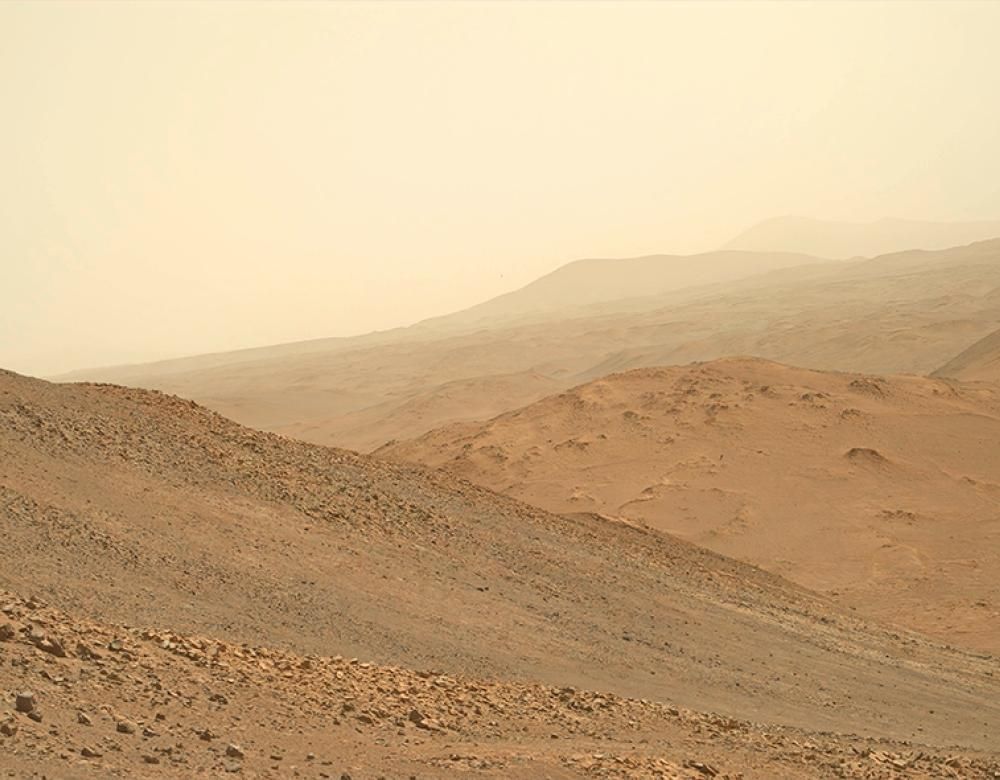
Mars, the Red Planet
If Mars is red, it’s believed to be because of rusted iron minerals in its soil. But which kind? Until now, the consensus was on hematite, a mineral which forms naturally in dry conditions. But a new study demonstrates that it is probably owing to ferrihydrite instead. Because this iron oxide forms in the presence of cold water, it would be a sign that our Martian neighbour was once a wet planet in its ancient past.
Nature Communications, 25 February 2025
Historic show of solidarity for science
People in nearly 200 cities worldwide rallied on a massive scale in support of the first international ‘Stand Up for Science’ Day, on 7 March 2025. The goal? To defend academic research and freedom after the redundancies, budget cuts and funding freezes that have swept across the scientific research community in the United States.
An off-road robot
This sphere comprising two elastic, fibreglass rods and four wheels is a robot nicknamed ‘GOAT’, which stands for Good Over All Terrains. Its distinctive feature? It can navigate diverse terrains as nimbly as animals, quickly changing its form as needed. GOAT can thus morph from a sphere to a rover, go forward, roll and even swim, all while using less energy than a robot equipped with arms or legs.
Science Robotics, 26 February 2025
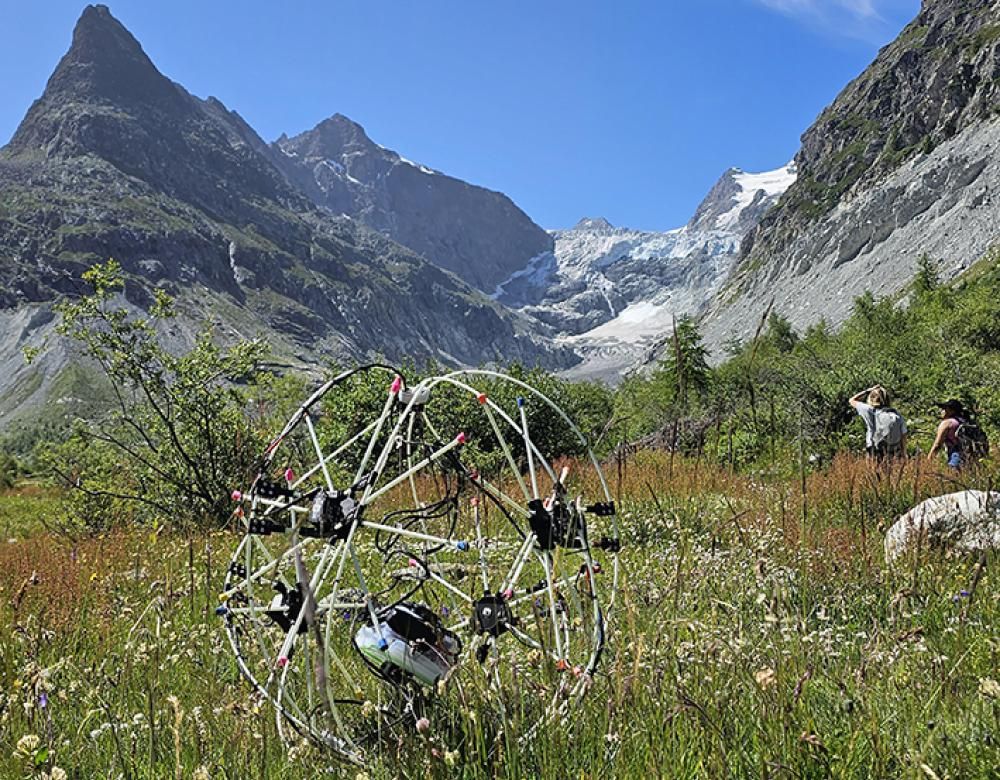
Uncharted waters?
The Universe may have been ‘inhabitable’ as early as 100 to 200 million years after the Big Bang. Computer simulations suggest that water vapour formed in the dense clumps left over from the first supernovas from this period: water was thus able to be incorporated in the stars and planets which formed in these clumps.
Nature Astronomy, 3 March 2025
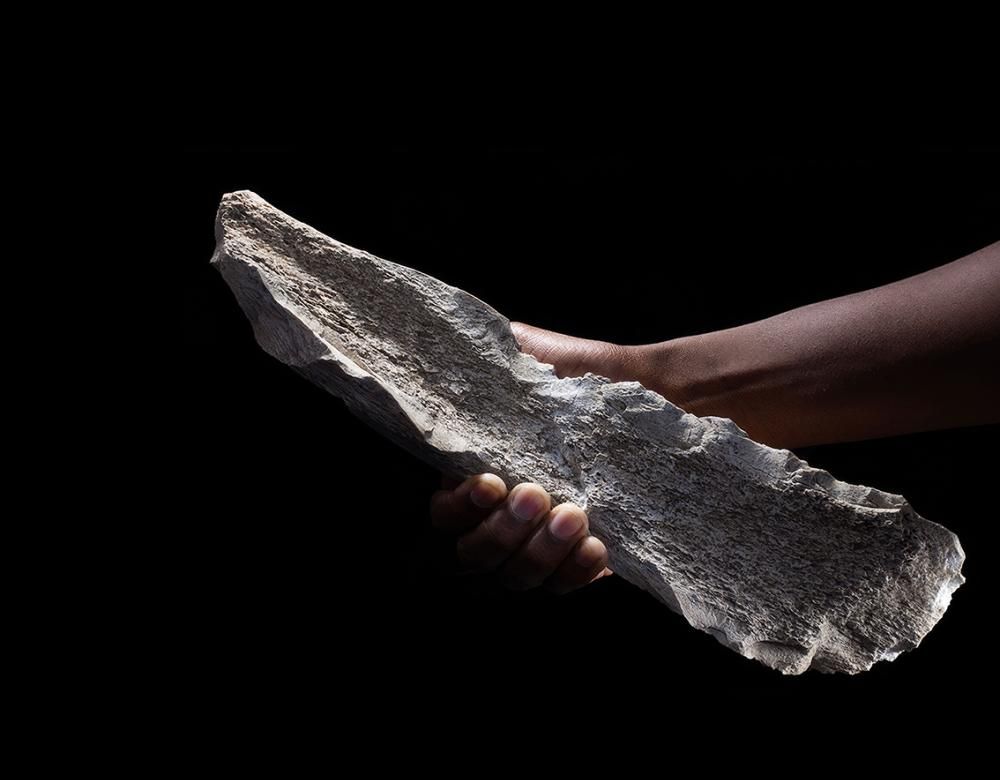
Bone tools, 1.5 million years ago
This prehistoric tool was fashioned out of an elephant’s humerus more than 1.5 million years ago. It was discovered in Tanzania, along with 26 other bone tools. This is a remarkable discovery, in more ways than one. Firstly, the use of elephant bones in prehistoric times is extremely rare and, secondly, their estimated age significantly predates the previously oldest known bone tools, which dated back ‘a mere’ 500,000 years.
Nature, 5 March 2025
Did you know?
The overly sterile environment on the International Space Station could be detrimental to astronauts’ health. Introducing microbes, such as those on Earth that we encounter when gardening for example, could help boost their immune systems.
Cell, 27 February 2025
50%
Hate speech surged by 50% in the months following Elon Musk’s takeover of the social media platform Twitter (now X), with a wider dissemination of homophobic, transphobic and racist comments. Meanwhile, the number of ‘bots’, i.e. automated accounts, has not gone down.
PLOS One, 12 February 2025
Did you know?
Smartwatches are capable of detecting early physiological signs of a viral infection. These wearable devices could thus help curtail the spread of an epidemic by identifying sufferers even before symptoms appear.
PNAS Nexus, 4 March 2025
Wow, cacao’s how old?
The cacao tree species that produces the beans from which we make chocolate (Theobroma cacao) has likely been around for 7.5 million years! This estimation comes from a large-scale genetic analysis conducted in Peru, on seven varieties of cacao. Etymologically speaking, Theobroma is a Greek term meaning ‘food of the gods’.
PLOS One, 5 March 2025

Smartphone or sleep, it’s your choice
Once in bed, regardless of what kind of screen activity you get up to – checking out social media, watching films or gaming –, the amount of time you spend on your screen negatively affects night-time sleep patterns. As such, one hour of screen time increases the risk of insomnia by 59% and cuts sleep time by 24 minutes.
Frontiers in Psychiatry, 31 March 2025
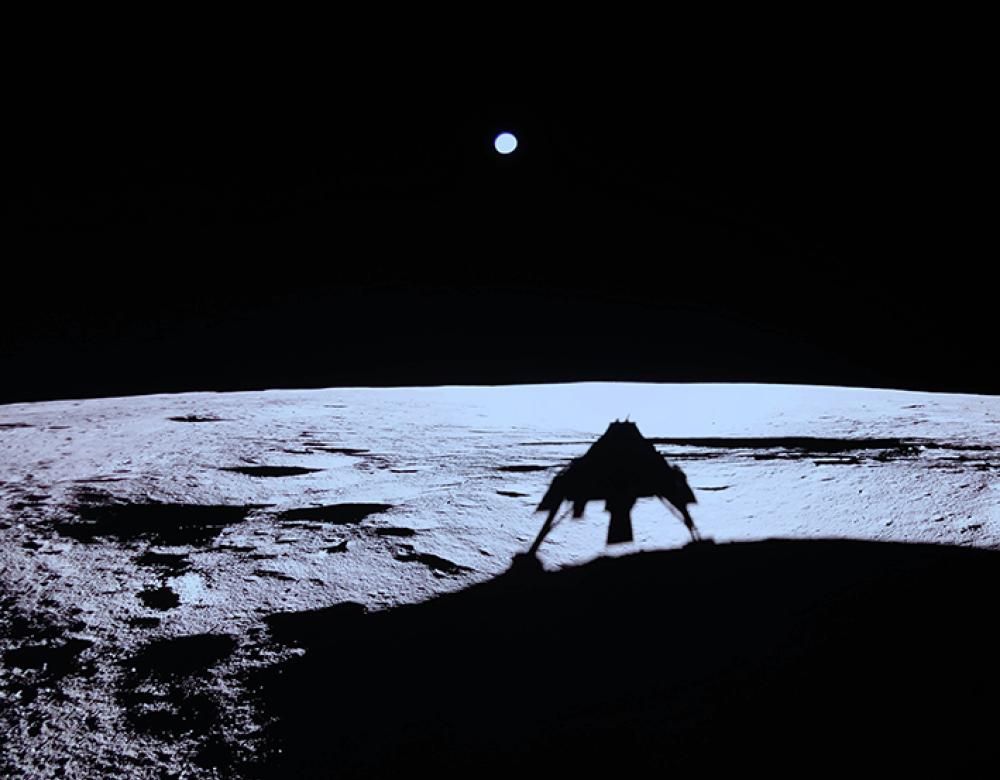
A ghost on the Moon
The shadow visible here on the lunar soil belongs to Blue Ghost. This lunar lander arrived on the Moon on 2 March 2025, a technical feat pulled off by the US space company Firefly Aerospace as part of the contract signed with NASA. This is the first perfectly controlled lunar landing to have been performed by a private company. A series of experiments was then carried out thanks to ten science and technology instruments on board, supplied by NASA, over 14 Earth days (so approximately one lunar day).
NASA, 2 March 2025

